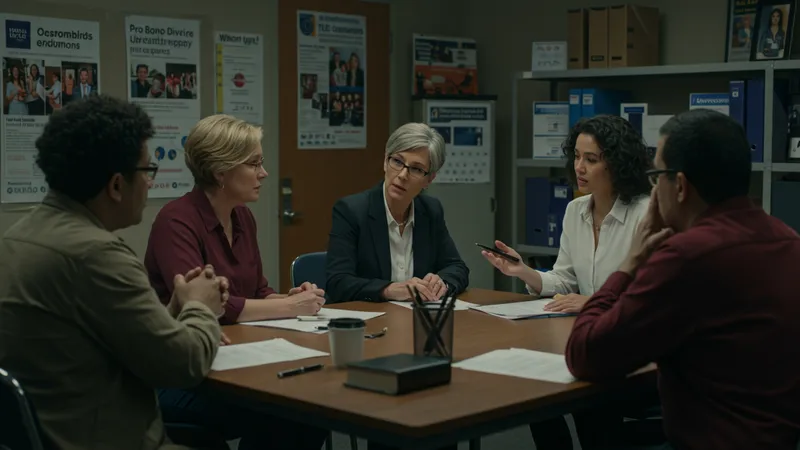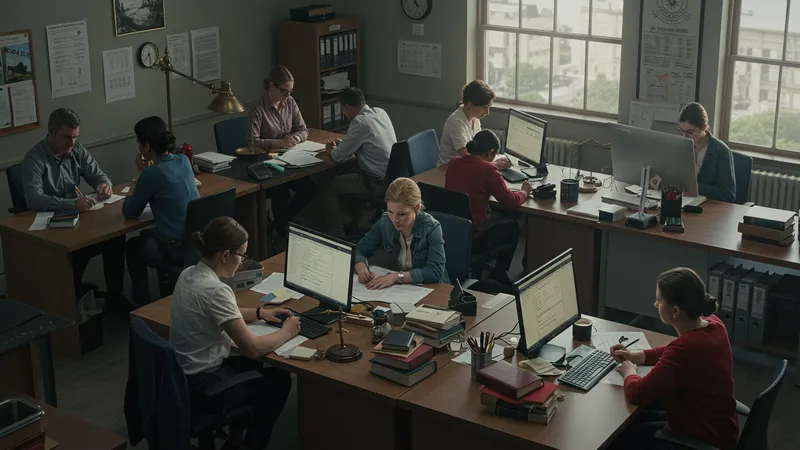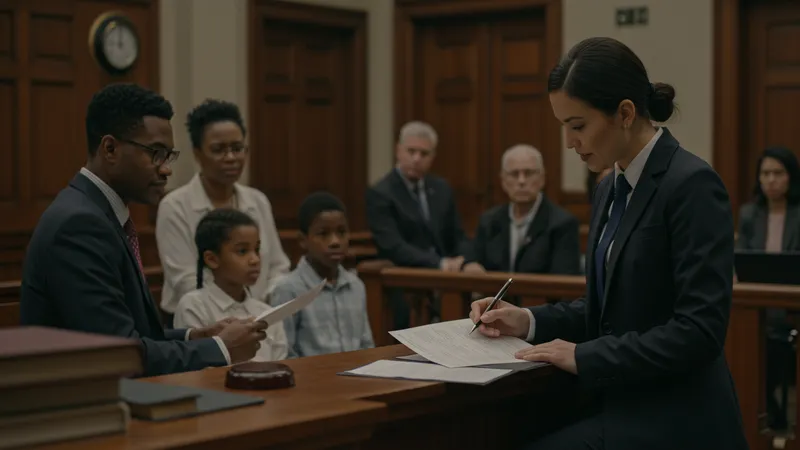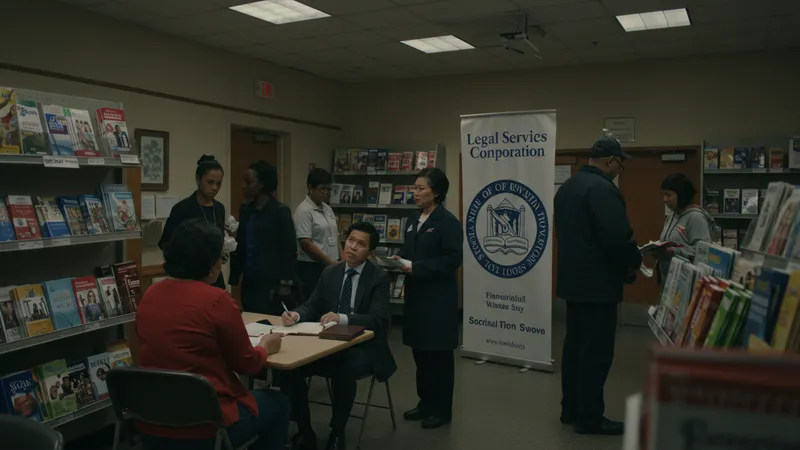

Divorce proceedings can be emotionally challenging and financially draining, especially for individuals who cannot afford legal representation. In the United States, pro bono divorce attorneys step in to address this critical gap by providing free legal services to those who qualify. Instead of charging traditional attorney fees, these legal professionals devote a portion of their time to assist low-income clients, ensuring fair access to justice within family law. Pro bono divorce attorneys often handle cases involving child custody, spousal support, and asset division, as well as helping individuals navigate the complexities of court forms and procedures.
Understanding how pro bono divorce attorneys operate is essential for anyone facing a separation without the means to hire private counsel. These attorneys are often supported by legal aid organizations, bar associations, and local non-profits that screen clients and match them with appropriate legal help. The intent is rooted in public service and societal equity: ensuring that everyone, regardless of financial status, can access legal advice during a pivotal life transition. Eligibility typically depends on income thresholds, case circumstances, and regional resources.
Pro bono divorce attorneys play a vital role in equalizing access to family law representation. For instance, Legal Services Corporation (LSC) channels federal resources to local partners in every U.S. state, helping thousands of clients annually. Organizations like the American Bar Association and state bar foundations host legal aid directories, clinics, and educational programs that amplify attorney reach. The core advantage: free legal guidance at every crucial stage of divorce, from filing petitions to negotiating settlements, gives financially vulnerable clients a level playing field.
Each listed organization operates within specific geographic or legal frameworks, bringing regional expertise to the table. For example, Legal Aid Foundation of Chicago and Bay Area Legal Aid specialize in local court systems, while national programs streamline intake and referrals. While service coverage can vary, all prioritize clients who would otherwise be unrepresented in complex divorce disputes. Clients typically need to meet strict eligibility requirements—often based on federal poverty guidelines and the merits of their legal matter.
Beyond direct representation, many pro bono divorce attorneys offer workshops, document review clinics, and advice lines. This multifaceted approach empowers clients to better understand their rights and court obligations, even if the divorce is uncontested or involves complicated custody arrangements. Where full representation isn’t possible, brief counseling or assistance with legal forms can still make a meaningful difference in case outcomes.
Pro bono legal work also benefits the justice system at large. By easing court backlogs, reducing the number of pro se litigants (individuals representing themselves), and improving case resolutions, these organizations help courts function more efficiently. This ripple effect encourages more attorneys to volunteer and creates a culture of legal service within the profession. But what distinguishes the most effective pro bono divorce programs from others? The deeper details reveal even more valuable insights ahead…
One of the defining features of top pro bono divorce attorney programs is their strategic partnership with both community organizations and government agencies. This integration ensures that clients receive legal representation along with social services, such as housing assistance or domestic violence support. For example, Bay Area Legal Aid frequently collaborates with local shelters to provide coordinated help for clients in crisis. This holistic model not only addresses immediate family law needs but also supports the overall wellbeing of clients during and after divorce proceedings.

Robust screening and eligibility processes distinguish the highest-impact programs. Organizations like Legal Services Corporation (LSC) employ federal guidelines to assess financial need, ensuring resources reach those most in need. By focusing on low-income families and prioritizing urgent cases—such as those involving child safety or risk of homelessness—these organizations efficiently allocate attorney time and maximize their societal benefit. Applicants often undergo intake interviews before being matched with volunteer lawyers or legal staff.
Accessibility remains a cornerstone of these initiatives. Most leading programs, such as the American Bar Association’s Free Legal Help portal, offer both in-person clinics and remote services. Especially since 2020, many organizations have expanded online intake, video consultations, and digital document review. This evolution allows clients from rural regions or with limited mobility to access divorce assistance directly from home, significantly extending the service footprint beyond urban centers.
High-level pro bono programs deliver consistent quality by providing attorney training, support resources, and ongoing supervision. Incoming volunteers often receive family law updates, court filing tutorials, and opportunities for mentorship. This culture of continuous learning not only motivates attorneys but also results in better client outcomes. In turn, the general public can be more confident in the caliber of pro bono representation available during a divorce case. Next, we’ll examine how these organizations structure their eligibility frameworks.
Qualifying for pro bono divorce assistance in the United States generally starts with an income assessment. Most programs adhere to federal poverty guidelines—often helping clients at or below 125% of the poverty level. Additional qualifiers may include residency requirements, case complexity, and whether domestic violence or child custody is involved. For instance, Philadelphia Legal Assistance and the DC Bar Pro Bono Center require proof of income and legal residency to ensure services target the intended population.

The client intake process is typically designed to be thorough yet accessible. Applicants may complete online questionnaires, telephone interviews, or walk-in consultations. Legal Aid Foundation of Chicago, for instance, uses comprehensive intake forms and follow-up calls to determine eligibility. This approach ensures a tailored match between client needs and attorney expertise, increasing the likelihood of effective representation and positive legal outcomes.
Some pro bono programs give priority to cases involving immediate family welfare, such as a parent seeking protection from domestic abuse, or urgent child custody issues. Bay Area Legal Aid and similar organizations might fast-track these situations to provide prompt legal intervention. Other cases, such as uncontested divorces without children, may be managed through workshops or document review clinics to conserve resources while still offering valuable support.
After initial intake and eligibility checks, clients are paired with attorneys who have relevant experience in family law. Ongoing communication, updates, and progress checks become central to the attorney-client relationship. This careful coordination reduces miscommunication and helps clients understand what to expect at every step. Next, we’ll explore the distinct benefits that pro bono divorce attorneys offer to families and the broader legal system in the United States.
For clients, the immediate benefit of pro bono divorce attorneys is professional guidance—without financial strain. Navigating complex paperwork, court protocols, and negotiation procedures can feel insurmountable for those unfamiliar with the legal system. With legal aid, clients gain clarity on their rights, clear instructions for filing, and representation at hearings. This guidance often leads to more equitable settlements and fairer outcomes for children involved in divorces.

On a broader scale, pro bono divorce attorneys help reduce court congestion. Individuals who attempt to represent themselves (known as pro se litigants) often stall court processes, file incorrect paperwork, or require additional judicial intervention. Quality pro bono representation increases efficiency, leading to faster case resolutions and fewer administrative delays—an ongoing goal for U.S. family courts facing resource constraints.
These programs also offer emotional support during a turbulent period. Legal aid organizations typically have crisis counselors, translators, or referral systems for related needs. By creating a supportive environment, attorneys become advocates not just in the courtroom but for the overall welfare of their clients and families. This wraparound support promotes resilience and stability after the divorce process concludes.
From a societal perspective, pro bono divorce attorney programs strengthen trust in the legal system. They reinforce the principle that justice should not be contingent on a person’s ability to pay. As more attorneys participate in volunteer efforts, this commitment to public service elevates the entire profession and inspires new generations of legal professionals to embrace a service-oriented mindset. Next, we examine strategies for accessing these essential legal services in the United States.
Finding the right pro bono divorce attorney usually begins with a visit to established legal aid organizations. Prospective clients should start with resources such as the Legal Services Corporation, state bar association directories, or regional nonprofits like the Legal Aid Foundation of Chicago. Most of these sites provide detailed eligibility criteria and step-by-step instructions on submitting an application, as well as options for scheduling consultations. Timely application is recommended, as demand tends to be high and case backlogs can occur in populated regions.

Community partnerships can further assist applicants. Shelters, social workers, and local advocacy groups often have established connections with pro bono legal services. They may refer clients directly to attorneys specializing in domestic violence divorce cases, high-conflict custody disputes, or unique family dynamics. Tapping into these community resources often accelerates the intake process and ensures focused, specialized legal support.
Taking advantage of educational workshops and court self-help centers is another practical step. Organizations such as the American Bar Association offer regular seminars, online guides, and even document review sessions tailored to those navigating divorce without prior legal knowledge. These educational resources empower clients to prepare necessary paperwork and understand court timelines—critical in states with rigid procedural rules.
As the world of legal services evolves, so too do expectations and resources for pro bono divorce representation. Technology is bringing video consultations and digital document sharing into mainstream legal aid operations, increasing convenience and reach. For those willing to invest time in research and preparation, the path to qualified pro bono divorce attorneys is clearer than ever. The broader impact of these evolving services continues to reshape the landscape of American family law.